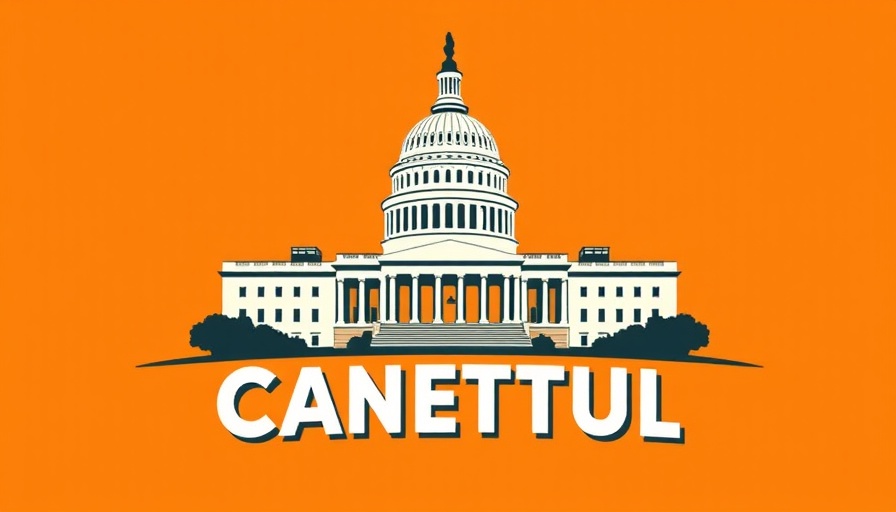
Trump's Shift: The Impact on Abortion Policies
Former President Donald Trump had once proposed leaving abortion decisions to individual states, sparking hope among various groups about a more decentralized approach to reproductive rights. However, recent executive actions reveal a stark contradiction to that promise. His administration's swift pivot away from such promises has alarmed advocates for access to reproductive healthcare, reallocating federal controls to further restrict abortion rather than enhance states' rights.
Understanding the Hyde Amendment and Its Implications
The Hyde Amendment, which has limited federal funding for abortions for decades, offers a lens into the current landscape. It prohibits federal funding for abortion except in limited circumstances, such as rape or saving the mother’s life. Trump's new executive order takes this a step further, effectively mandating a review of all federal health programs to ensure that no taxpayer dollars can be used to fund elective abortions. This shift raises questions about how states will manage their resources and support for women seeking reproductive health services.
The Ripple Effect on Healthcare Funding
Trump's recent memo directs the reevaluation of various healthcare programs, leading to speculations about potential cuts and changes in funding sources for vital family planning services. This action highlights a growing concern among healthcare advocates that these changes may disproportionately affect low-income individuals who rely heavily on federal programs for basic health services, including reproductive care.
Changes in Military Healthcare and Member Support
One of the major impacts of Trump's executive actions is the reversal of improved access to reproductive healthcare for military service members. Previously implemented policies allowed military personnel and their families to travel for abortion services even in states where such procedures are heavily restricted. As of January 30, Trump's administration has moved to eliminate travel allowances, indicating a notable shift in military healthcare priorities at a time when many service members are in need of support.
Analyzing the Broader Implications
These changes may not only alter access to abortion but also shape the future of women's healthcare broadly. As state initiatives clash with new federal directives, the ramifications could lead to heightened public debate and potential legal challenges. The landscape of reproductive rights in America is evolving rapidly, and these developments signify a pivotal moment for healthcare policy.
 Add Row
Add Row  Add
Add 




 Add Row
Add Row  Add
Add 



Write A Comment